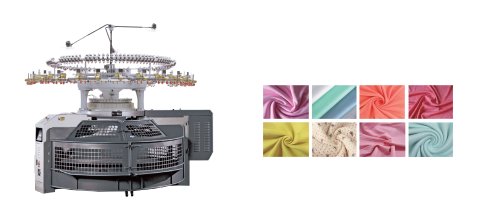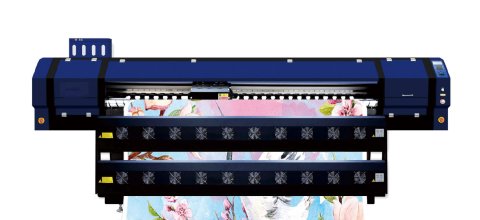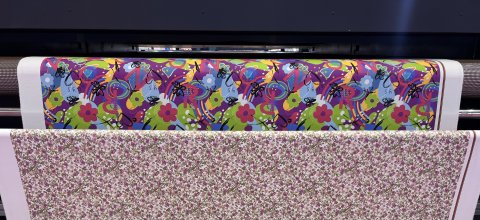TONGDA Group is a company to provide excellent textile solution with advanced technology including Spinning system, Weaving system, knitting machinery, finishing &Dyeing system,Nonwoven system and the related spare parts.
Our company has a rich product line, and we are always committed to continuous innovation and technological optimization of our products.
Phone:+86-0532-6806 6288
Telephone:+86-18153201666
Head office:Tongda Industry Park,Tongda Road, Weifang City, Shandong Province,China
Innovation
and Solutions
-
Spinning System
TONGDA®
-
Flax Spinning
Flaxspin®
-
Sock Machine
TONGDA®
-
Weaving System
Tongdatech®


 LANGUAGE
LANGUAGE



















